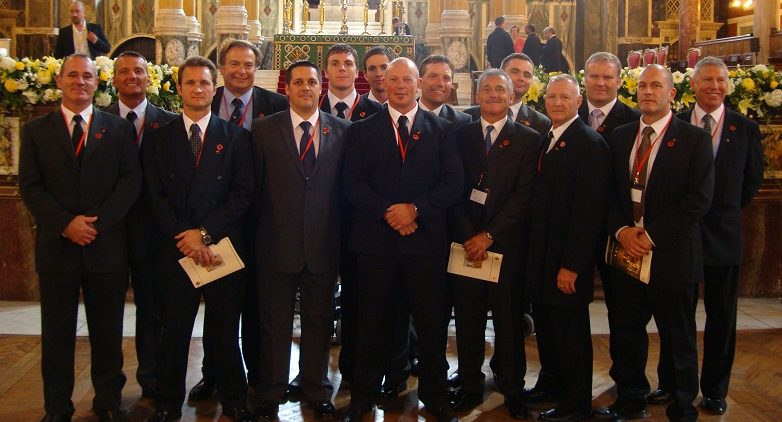Green Tree Safety are pleased to announce that we have secured a significant Local Authorities Contract to complete Fire Strategies for a host of buildings across the capital and in the Home Counties.
Health and Safety
Carrying out a Fire Risk Assessment in a block of Flats
Carrying out a Fire Risk Assessment in a block of Flats should be easy, shouldn’t it? After all, there is clear guidance in Approved Document B (Volume 1) of the Building Regulations, the Regulatory Reform (Fire Safety) Order, Approved Document M, guidance documents from the Local Government Association (withdrawn, and republished by the Home Office), PAS 79, and a host of other documents, some old, and some new like the Fire Act 2021 which will come soon become enforceable. 
Some of these apply to all blocks of flats, and some only to new ones, but all of them say any multi-occupied (residential) premises need a Fire Risk Assessment. That includes a house converted to two flats, as well as multi-story blocks, and everything in between.
There are 4 types of Fire Risk Assessment. The most common is a type 1 where only the common areas are inspected, and it is non-destructive. Type 3 also includes the individual dwellings (flats). Types 2 and 4 are destructive, and we rarely carry out destructive risk assessments.
A Fire Risk Assessment is based on the Fire Strategy, and many landlords / owners (Responsible Person) do not even know what one is, let alone if they have one. So, we are here to help.
We at Green Tree Safety Safety have to know what, and when to apply these regulations and guidance documents, and apply them in a consistent and reasonable manner. We have to give suitable and sufficient advice to keep residents safe even if, despite everyone’s best efforts, a fire did break out.
At the same time, there has to be a balance between what is absolutely required and you must do it; and what is not but still presents a significant risk to those in the building. We will guide you on your Fire Strategy, on assessing the level of risk, and possible solutions to lower or eliminate risk. Not only will you do what is legally required – all that is reasonably practicable to reduce risk, but you can prove that you have done it.
Often, the solutions are easy, and cost little or nothing to achieve like documenting your Fire Emergency Evacuation Plan, and giving it to all residents (for example, let them know whether to get out, or stay put). Others might require more time and effort, like upgrading the flat doors to fire resisting doors which is now the landlord’s responsibility. We discuss with you what you already have, and what you still need to do, and when. And all of this is based on an increasingly rare commodity – common sense.
The new Building Safety Bill puts special emphasis on the 18-meter height rule, and Approved Document B has a trigger height of 11-meters.

But where do you measure from and to? It matters! Knowing which Regulation applies to your building can save many thousands of pounds by, for example, not needing to fit a sprinkler system.
And it does not need to stop there. You are required to “Manage” your building. We at Green Tree Safety can maintain the fire safety systems of your building. There are fire extinguisher certification checks that need to be completed annually, Emergency Lighting and Fire Alarm systems also need bi-annual certification checks. And if one goes wrong, we can fix or replace it after your agreement. We can even do lightning conductors, if your building has one.
There is so much that needs to be done. Green Tree Safety help and guide you, providing completed documentation where we can, and drafts which are simple to complete and understand when we can’t. Do you need a checklist? We will provide one. Do you need a Fire Emergency Evacuation Plan? We will help you create one. Why should you reinvent the wheel? Let us help.
Could your lack of Culture be your Companies Court Date?
Far too often Company Directors and Owners fail to protect themselves from the teeth of the Corporate Manslaughter Act and other important Health and Safety legislation.
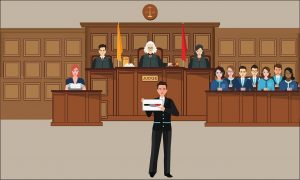
A failure to display a very clear Health and Safety “Culture” within an organisation’s Management structure gives you no defence when accidents occur or even in Tribunal cases.
This “Culture” is the first point of attack by the legal profession, who try to show that you only paid “lip service” to the demands of current legislation and therefore you are guilty of a failure to meet the requirements.
It is essential that organisations clearly spell out and display their efforts in Health and Safety support.
Job descriptions should mention Health and Safety supplementary roles. Time should be given to each role and a budget allocated.
Board meetings should include frequent Health and Safety updates and be recorded in the minutes.
It is not enough just to install the right equipment such as a Fire Alarm, it MUST be tested weekly and training given to staff to do so.
In all things your measures must be;
“Suitable” the right ones!
“Sufficient” enough of them!
“Comprehensive” they cover everything!
“Cohesive” they work together and integrate
This is an example of a proper “Health and Safety Culture”
Don’t be another notch on their stick! Call Green Tree Safety for a Free Audit of your H and S management today
Tips to help preventing RSI in the Office
TIPS TO PREVENT RSI
These simple tips below are very easy to implement. RSI can actually cause longterm damage to your health. It can also impact on your productivity.
- Take regular breaks from repetitive tasks.
- Stretch regularly — stand up to stretch if you can.
- Hold a good posture and don’t slouch — ideally, your head and back should form a straight line from your ears to your pelvis.
- Reduce hot-desking as far as practicable.
- Use a laptop backpack, not a satchel.
- Make sure the height of your chair is correct and your desk Is set up so that you do not have to reach over repeatedly.
- When typing, try to keep your fingers pointing forwards — touch type if you can to avoid using the same fingers over and over again.
- If your job involves using the phone a lot, try not to hold it between your ear and your shoulder — alternatively, use a headset.
RC Westminster re sign
The Roman Catholic Diocese of Westminster retains Green Tree Safety Safety for another 5 years in 2018.
Green Tree Safety has been entrusted with the Health and Safety of Westminster Church Parishes
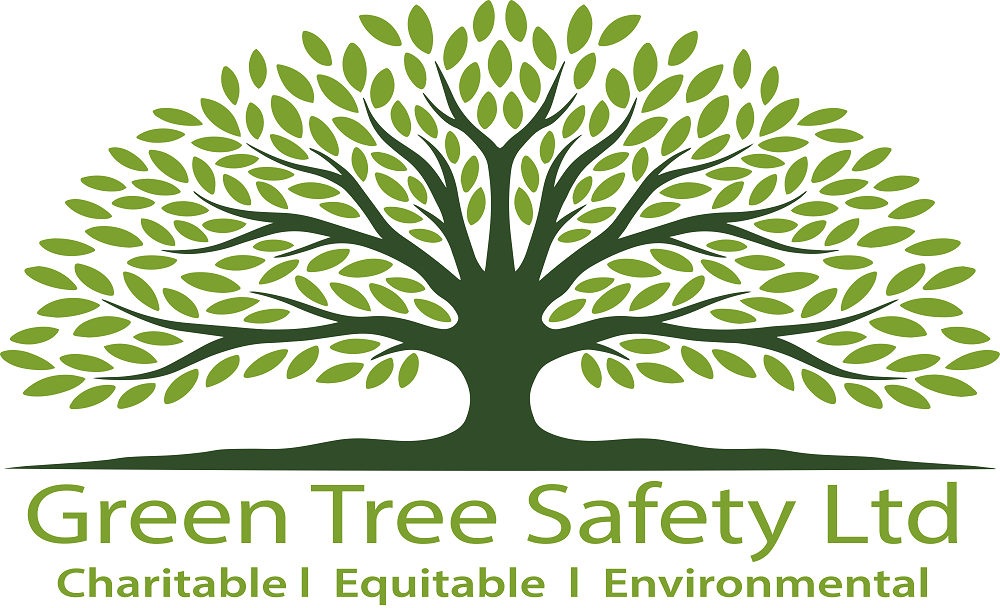
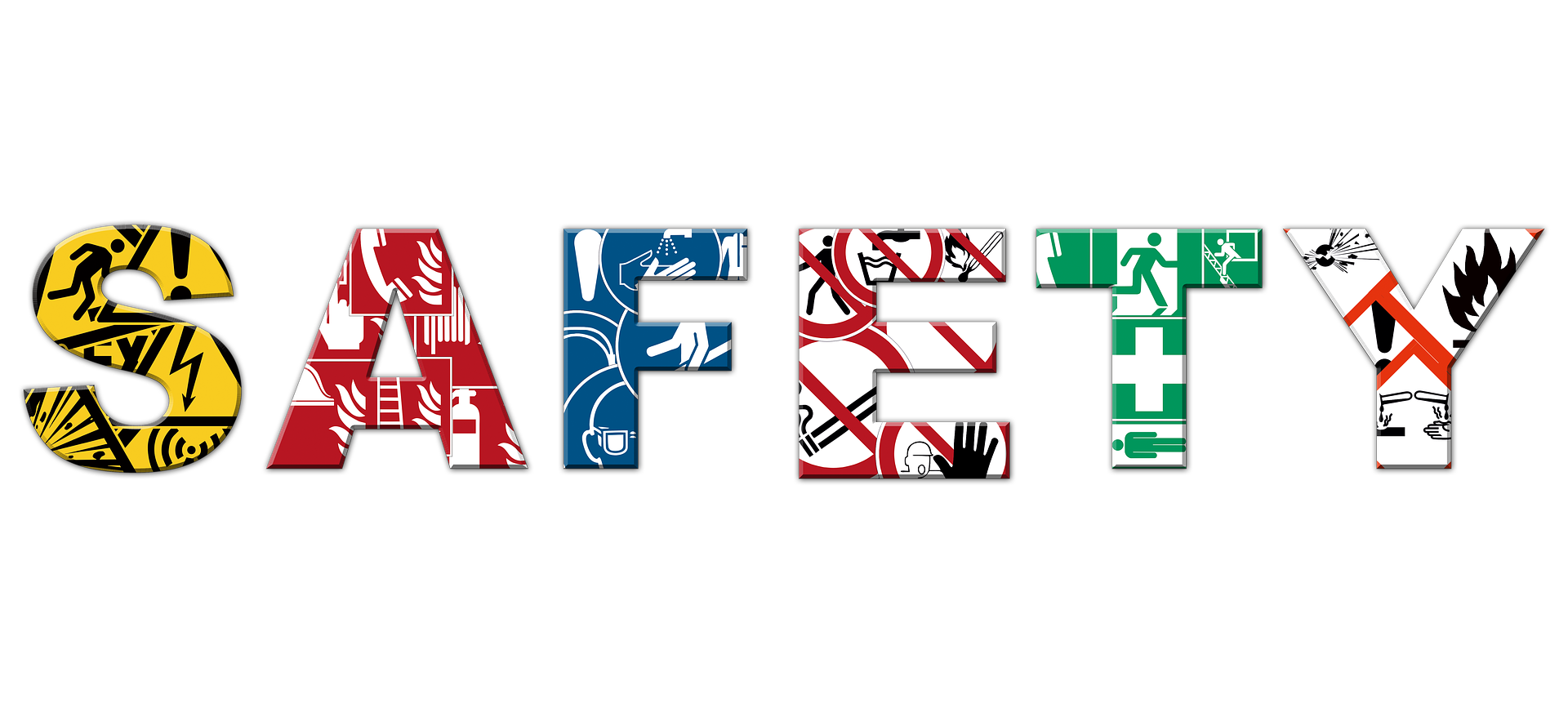

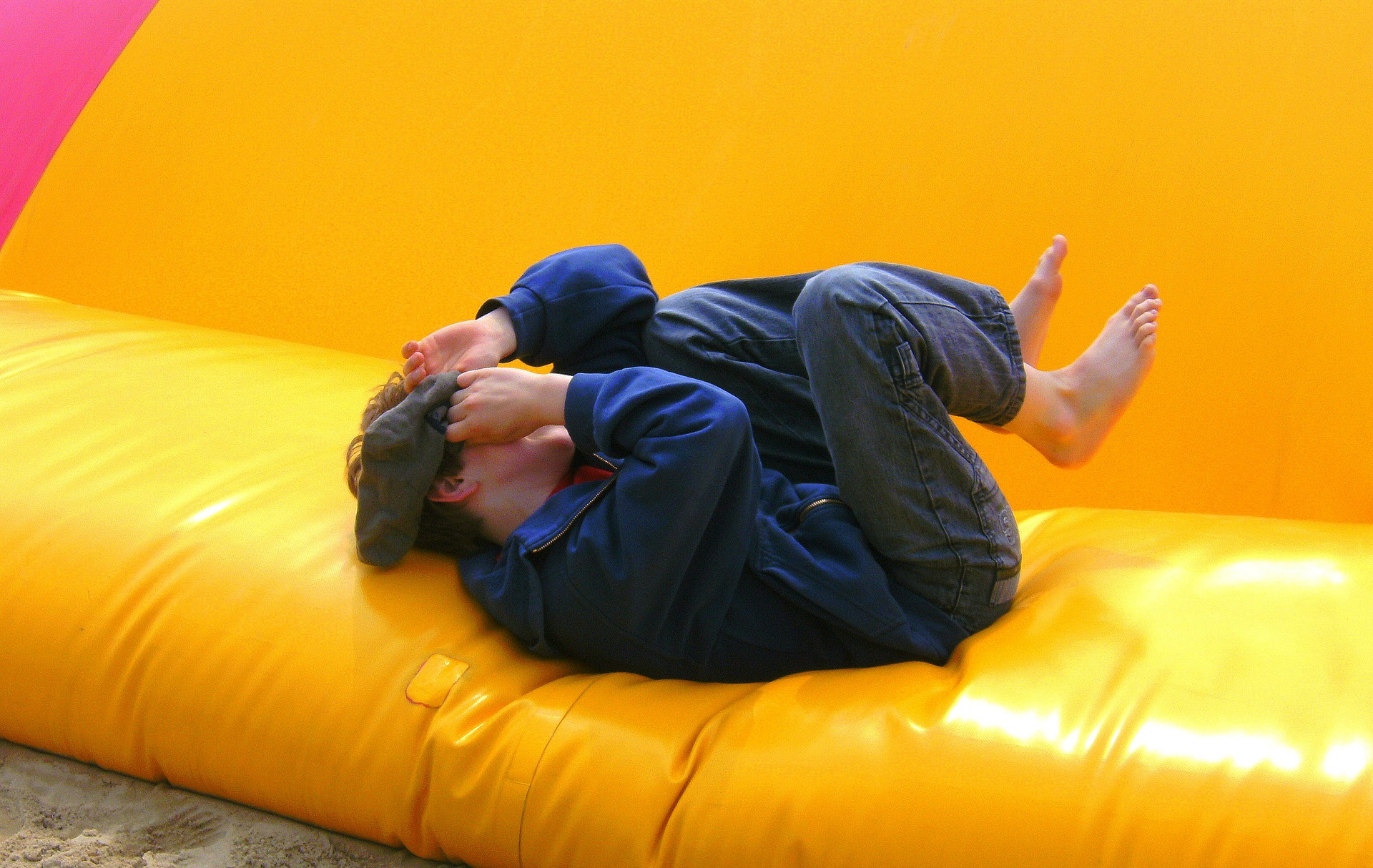
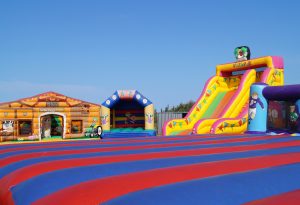
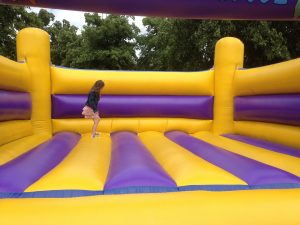 The operator should make sure that the inflatable is operated according to the instructions in the operator’s manual, and that they comply with any operational limitations.
The operator should make sure that the inflatable is operated according to the instructions in the operator’s manual, and that they comply with any operational limitations.